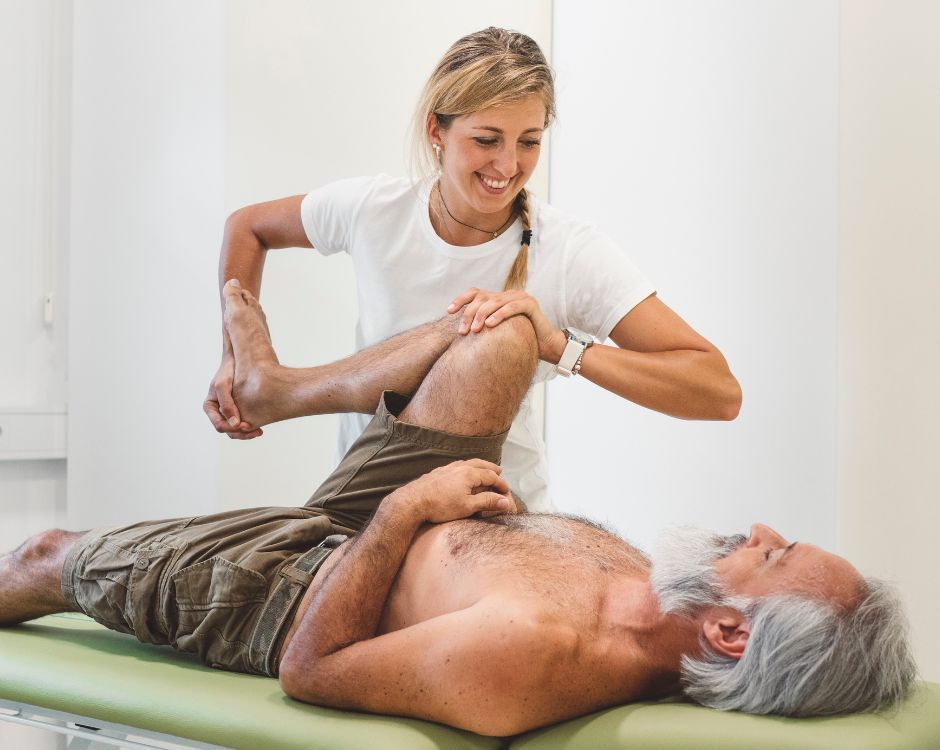Are You One of Our Favourite Patients?

Our Three Top Tips on how to become one of our Favourite Patients
So in order to get the most out of your treatment, it’s a great idea to be an excellent patient. And (surprisingly) being one of our favourites actually doesn’t involve turning up with gifts of chocolate or cake. In fact, it’s much easier than that, and better yet, anyone can do it.
Here’s the insights to what we love at ThreeSixty about our “favourite patients”, and how you can join this elite group. NB – these tips can also be applied to your doctor or any other health service provider.
#1 Have a think about your pain in advance
It is really useful for us, if you know what kind of pain you have. We will ask lots of questions to get this vital information from you, but thinking about it in advance is also a really good idea.
- Is it achy?
- Does it pinch?
- Does it burn?
- Is there any numbness?
AND – take note of what you are doing when you feel the pain.
Your problem can also give you different pain feelings when you are doing different things. It might not give you the same feeling for every activity. This will help us identify the movements and actions which are specific to you unique problem, and give a much better indication of what the problem is (what we call at ThreeSixty the “tissue causing symptoms”).
These kinds of feelings are also acceptable pain or symptom descriptors:
- “It feels like ants crawling on my back”
- “It’s so annoying want to gouge it out with a knife”
-
Whatever it is YOU are feeling, tell us, no matter how nutty it sounds. Pain is subjective and personal to YOU, and you alone.


#2 What makes your pain worse?
Not sure how to assess your pain? Think about things that you do every single day, and analyse how you feel when you are doing some of these things. For example, every day we all do some things that are the same – we all:
- Get out of bed – can you get out of bed like ‘normal’ or do you have to roll out?
- Get dressed – can you get your T-shirt on easily? Can you get your bra / pants / undies on easily?
- Sit down on (and stand up from) the toilet;
- Get into and out of the car;
- Spend time sitting in a sofa in the evenings;
- Wash ourselves in the shower;
- Find a comfy position to sleep in – is there one? Are there some that are better than others?
#3 Is your pain really “constant”?
Pain can be very frustrating, especially if it is stopping you do things you love, or preventing you from working or getting proper sleep. It can often feel like you are always aware of something there, and we often get patients describing their pain as ‘constant’.
To us, there is a very distinct difference between
a) pain that is there “constantly” (i.e. every single moment, every single day without any change feeling better or worse, no matter if you sit / stand / lie down); and
b) pain that is always there to some degree, but that gets better and worse depending on what you do.
The reason is this – pain that is truly constant, and never changes no matter what you do is not usually musculoskeletal and can be a sign of something much more sinister.
Pain that is always there / if you’re always aware of some pain, but it does get better or worse, indicates that it most likely IS musculoskeletal, which of course is what we help people recover from every day.

Other “favourite patient” factors.........
These things really go without saying:
- Try to arrive on time
- Try to give us as much possible warning if you need to cancel or reschedule (we don’t mind this, but appreciate the notice, whatever you can give. And yes, we do realise that last minute problems do crop us – which is totally understandable).
- Bring your diary so that if you need another appointemnt, it is easy to make one that suits your schedule
We think these things are easy for any patient to achieve, and love it when our patients have had a good think about their body. It really helps us get to the bottom of the problem, much quicker and more thoroughly, so we can get on with a treatment plan that’s going to benefit you as much as possible.
Hopefully you’ll agree that it’s easy to become a health care provider’s ‘favourite’ patient. And you don’t even need to bring cake along to your appointment.
Share This Post
Subscribe to Our Newsletter
Get updates and learn from the best
More to Explore




Want To Keep Moving?
SDrop Us A Line And Keep In Touch



